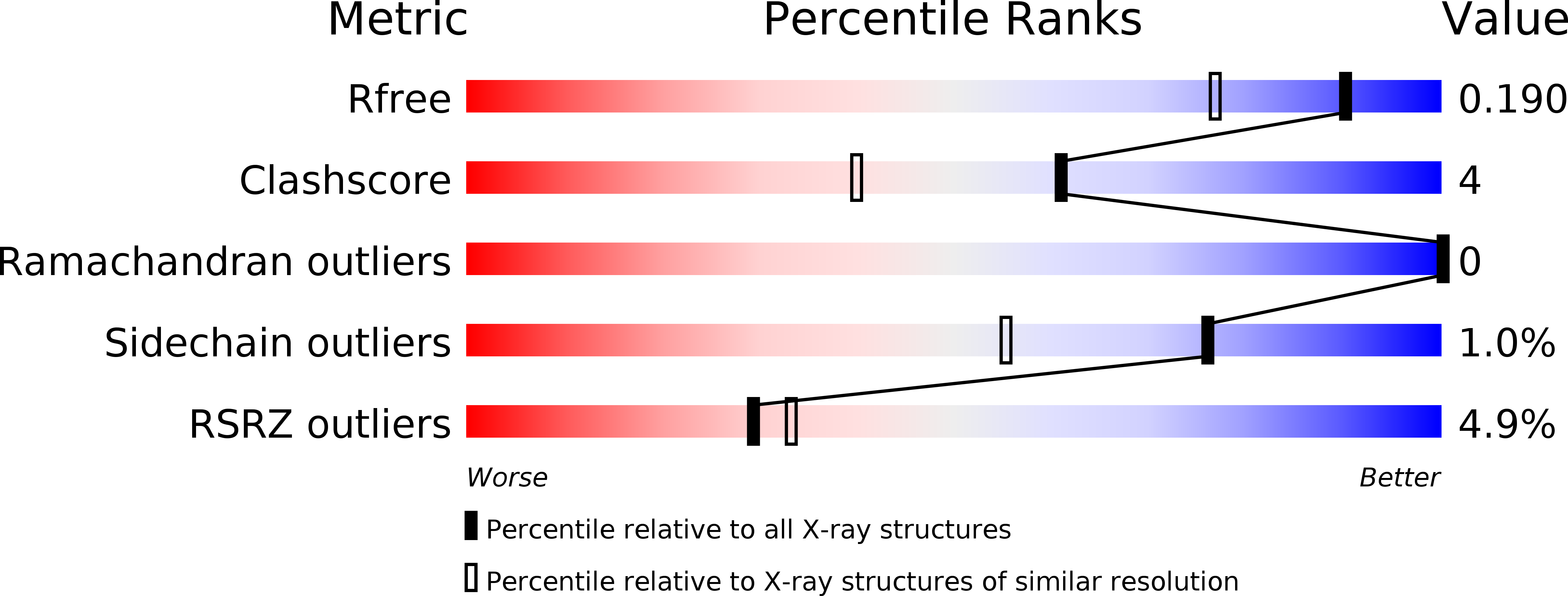
Deposition Date
2018-02-23
Release Date
2019-02-27
Last Version Date
2023-11-22
Entry Detail
PDB ID:
5ZDA
Keywords:
Title:
Crystal structure of poly(ADP-ribose) glycohydrolase (PARG) from Deinococcus radiodurans in apo form
Biological Source:
Source Organism:
Host Organism:
Method Details:
Experimental Method:
Resolution:
1.55 Å
R-Value Free:
0.18
R-Value Work:
0.16
R-Value Observed:
0.17
Space Group:
P 21 21 21


